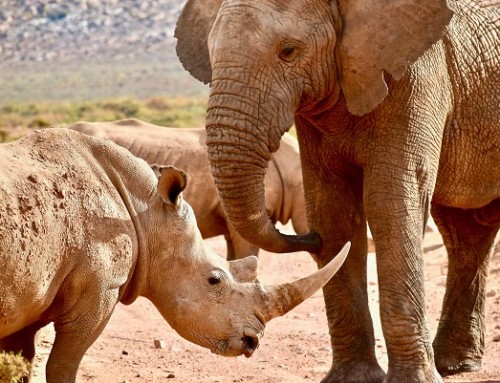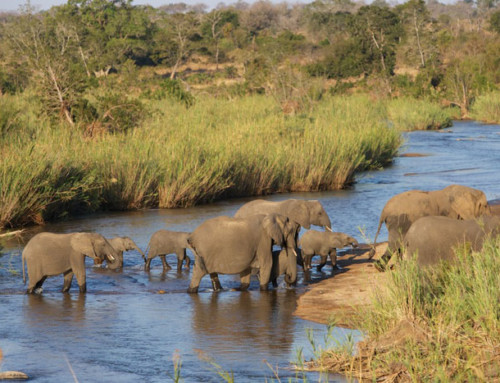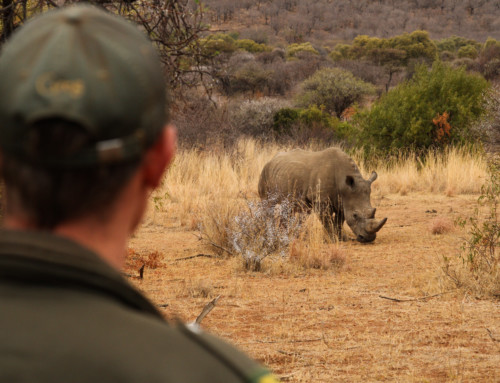With every year that passes, South Africa’s rhino poaching statistics make increasingly depressing reading. In 2014, the previous year’s record was broken yet again: 1020 rhinos by mid-November, up from 1004 in 2013 and an almost four-fold increase since 2010, when 333 animals were killed.
At the current rate of destruction, some researchers predict that the southern white rhino population could go extinct in 23 years.
With the chances of stopping poaching within that timeframe looking increasingly slim, bioengineers are now focusing their energy on making rhino horns from stem cells, a process that could help protect the animals whilst simultaneously giving the seemingly-insatiable Asian consumer market what they want.
As San Francisco-based biochemist Garrett Vygantas puts it:
“We are going to run out of time to convince people that this (rhino horn) is not an active therapeutic . . . I think we should rather present another option which is a sustainable, cruelty-free, genetically-identical product that can be purchased through the regular channels”.
In 2013, Vygantas filed a patent for a process that takes rhino skin cells and bioengineers them into keratinocytes, which are the cells that produce the protein keratin and make up rhino horn (as well as human fingernails). His company, Ceratotech, is currently conducting experiments that grow keratinocyte cells into scaffolds that mimic the shape of a real rhino horn.
Vygantas believes that flooding the Asian market with his product would gradually starve the poachers and, primarily, the syndicates that employ them.
But his theories have been met with opposition from certain corners. “I think it would likely increase the value of the real thing,” said Ginette Hemley, a senior vice president at the World Wildlife Fund.
On the other hand, economists have indicated that the profits from selling rhino horn legally could reach a billion US$ and that this money, if reinvested into anti-poaching, could change the game dramatically.
For now, the jury is out. But be sure to watch this space.
Can biosynthetic engineering save our rhinos? Let us know your thoughts here







Roobesh Barath liked this on Facebook.
Emilie Tournier liked this on Facebook.
RT @STROOP_film: Could making rhino horns from stem cells be a way forward?
Should we cater to an unethical demand?
http://t.co/UioqgsMdwv …
RT @STROOP_film: Could making rhino horns from stem cells be a way forward?
Should we cater to an unethical demand?
http://t.co/UioqgsMdwv …
Could making rhino horns from stem cells be a way forward?
Should we cater to an unethical demand?
http://t.co/UioqgsMdwv #wildlifetrade
Ben Abbott
Looks interesting….
Muriel Smuts Conrad liked this on Facebook.
Peter Botha liked this on Facebook.
Marco De Vittorio liked this on Facebook.
Luke Walsh liked this on Facebook.
Jean Cloete liked this on Facebook.
Klaus Schmidt liked this on Facebook.
Vanessa Strydom liked this on Facebook.
Can Biosynthetic Engineering Save Our Rhinos? http://t.co/RClk3cQ2t7
Can Biosynthetic Engineering Save Our Rhinos?
With every year that passes, South Africa’s rhino poaching… http://t.co/glO2qCPkkT